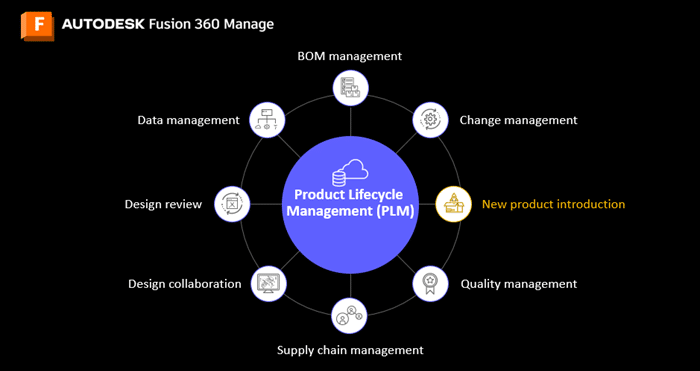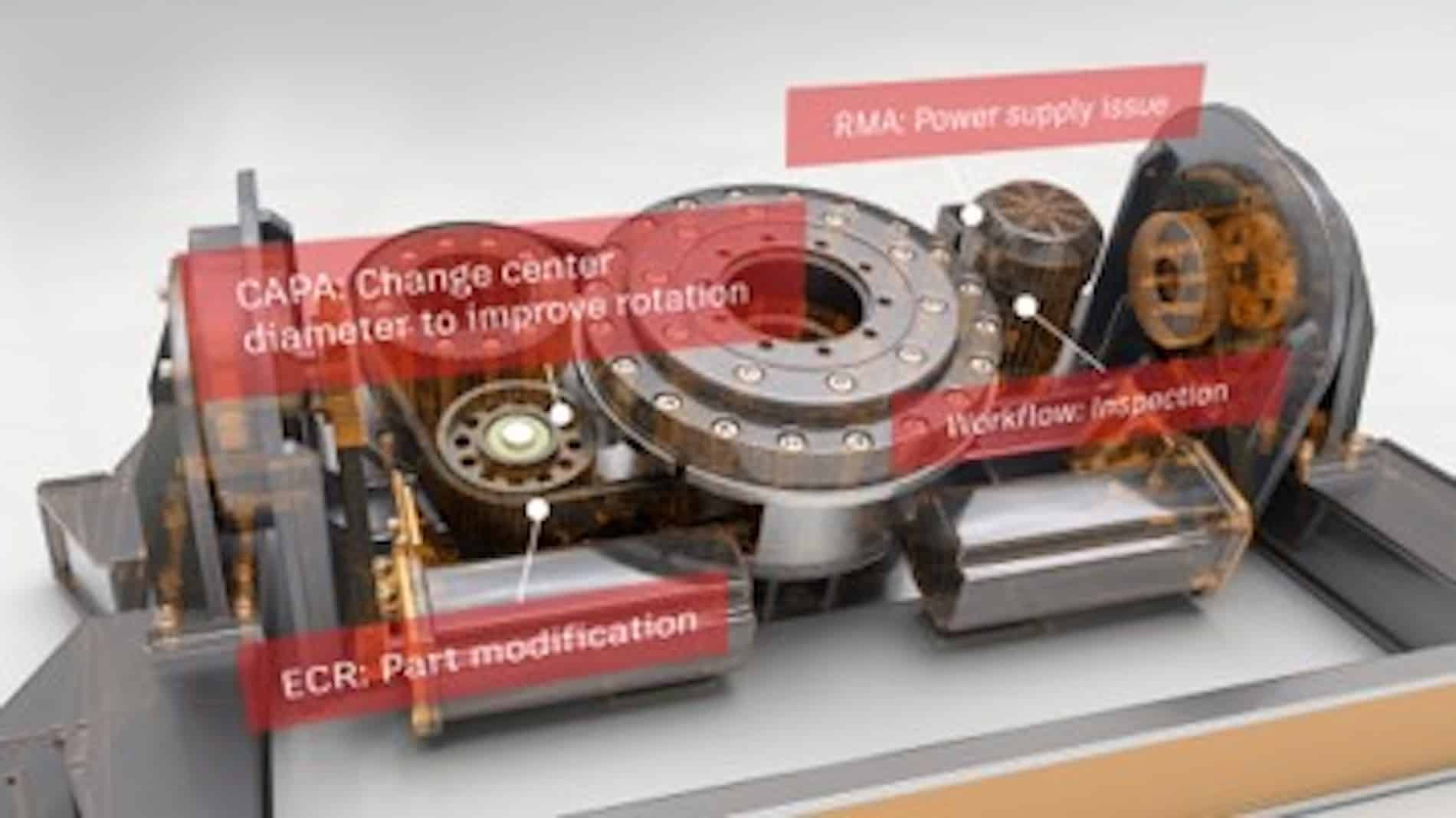Introduction: The Importance of NPI in Product Development
In today’s fast-paced and competitive market, the ability to innovate and bring new products to market swiftly is not just an advantage; it’s a necessity for growth. For product and manufacturing managers, the pressure is on more than ever to not only keep up with the pace but to lead the charge.
New Product Introduction (NPI) process is pivotal element that can spell the difference between success and failure for product launch. NPI is the comprehensive process of bringing a new product from concept to market, encompassing design, development, testing, and launch phases. As businesses strive to outperform competitors and satisfy ever-evolving customer demands, the role of NPI emerges as a critical process where efficiency, speed, and innovation converge. Yet, navigating the complexities of product development, from conceptualization to launch, poses a formidable challenge. This is where Product Lifecycle Management (PLM) steps in, transforming the NPI process from a daunting task into a streamlined, strategic asset that propels companies towards success.
PLM’s Role in NPI
Product Lifecycle Management (PLM) is managing the entire lifecycle of a product from inception, through engineering design and manufacture, to service and disposal, by integrating people, data, processes, and business systems. While NPI focuses specifically on the process of bringing a new product to market, PLM encompasses a broader strategy managing the entire lifecycle of a product, from initial concept through to its ultimate disposal, including the NPI phase.

Figure 1: PLM in NPI – The entire map is PLM, encompassing every aspect of a typical business’ processes. NPI is a component of PLM that is typically the starting point of your development of a new product or project.
PLM serves as the backbone for NPI, providing a robust framework that revolutionizes how companies manage product data, foster cross-functional collaboration, and ensure compliance with industry standards as shown in Figure 1. By centralizing product information in PLM, it enables all stakeholders, from engineers to marketers, to access up-to-date data, ensuring that decision-making is based on the most current information. This centralizing of product information not only streamlines the NPI process but also significantly reduces errors and redundancies, accelerating the time-to-market.
Furthermore, certain PLM software such as Autodesk’s Fusion 360 Manage, have collaborative tools that break down silos between departments, enhancing communication and coordination across various teams in your NPIs. These tools include task management, BOM management, automated notifications, Gantt charts to display project progress and more. This synergy is vital for aligning goals, refining product designs, and ensuring that every aspect of the product introduction is synchronized.
Strategies for Effective NPI Using PLM
Utilizing the NPI process in PLM is pivotal for companies aiming to streamline their product development and launch processes. To maximize the effectiveness of PLM, several best practices are essential. Firstly, establishing a centralized database for product information is critical. This repository becomes the single source of truth for all data related to the product, from initial design sketches to final specifications, ensuring consistency and accessibility across the organization.
Integrating PLM with other enterprise systems, such as Enterprise Resource Planning (ERP) and Customer Relationship Management (CRM) systems, further enhances effective use of NPI. Such integration ensures seamless information flow across different business processes in their respective software solution, facilitating better decision-making and reducing time-to-market in your NPI process. For instance, ERP is typically used to manage supply chain. Thus, integrating PLM with ERP allows for real-time visibility into the supply chain, aiding in materials planning and financial forecasting and connecting it your product data such as the product BOM.
To dive deeper into this, watch Autodesk’s webinar about utilizing PLM to bring your new products faster. The webinar explains how leveraging PLM software for project management and workflow automation is another best practice that can significantly impact the NPI process. This article by Autodesk further highlights the systems in PLM and briefly covers how NPI works alongside processes.
Case Studies
Reynaers Aluminium, a leading innovator in architectural solutions, demonstrates the remarkable benefits of integrating PLM into their New Product Introduction (NPI) processes. By adopting Fusion 360 Manage, Reynaers addressed critical challenges in product development, achieving remarkable outcomes. The customer story will go in depth of this transformation by adopting Fusion 360 Manage as their PLM solution and using it as a tool for various uses, including managing their projects with their product data.
Conclusion
Throughout this article, we’ve underscored the critical role of PLM in enhancing and streamlining NPI, from providing a centralized platform for managing product data to facilitating cross-functional collaboration with other business essential software such as ERP and CRM. The advent of PLM technology, particularly with the emergence of cloud-based solutions like Fusion 360 Manage, marks a significant evolution in the field. These modern PLM systems offer unprecedented flexibility and efficiency, enabling organizations to respond more dynamically to market demands and innovate at a faster pace.
















